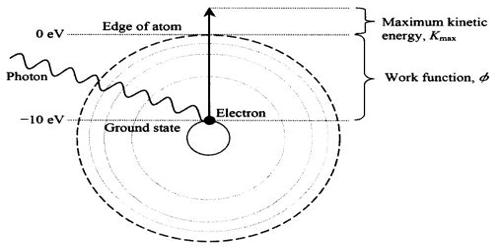Non-Operating Income is income earned from Non-operating activities means from activities that are not the core operating activities of the company or organization. It’s the portion of a company or an organization’s income that is derived from activities not related to its core business operations. It can include items such as dividend income, profits or losses from investments, still as gains or losses incurred by foreign exchange, and asset write-downs.
Non-operating income is additionally observed to as incidental or peripheral income. The concept is used by outside analysts, who strip away the effects of these items in order to determine the profitability (if any) of a company’s core operations. The following are all examples of non-operating income:
- Dividend income
- Gains and losses from investments
- Gains and losses from the sale of assets or investments
- Losses from asset impairment, write-offs, write-downs and restructuring
- Gains and losses on foreign exchange transactions
- Gains and losses due to discontinued operations
- Losses from lawsuits
- Changes in accounting principles
- Uninsured losses due to natural calamities
Non-operating income is more likely to be a one-time event, such as a loss on asset impairment. However, some types of income, such as dividend income, are of a recurring nature, and yet are still considered to be part of non-operating income.
Example: For a Mobile Phone manufacturer, core activity is manufacturing & selling mobile phones. Whereas if it invests surplus /excess funds in the stock market and makes profits there, that will be counted as Non-operating income for the mobile phone manufacturer.
On the other hand, for an investment company whose main activity is to deploy funds in the stock market, any profit from there will be part of operating income (and not non-operating income).
Operating income is recorded on the income statement. Toward the bottom of the income statement, under the operating income line, non-operating income should appear, helping investors to distinguish between the two and recognize what income came from where.
For a non-financial business, the non-operating income that is earned through investing activities such as interest expense on debt securities is reported as a non-operating item on the income statement. However, for financial service companies, the interest income is usually reported as a component of operating activities.
Sometimes companies try to conceal poor operating profit with high, non-operating income. Beware of management teams attempting to flag metrics that incorporate inflated, separate gains. Earnings before interest and taxes (EBIT) for example, includes the income derived from activities not related to the core business and might often are advertised heavily by companies to mask underwhelming operational results.
When a company experiences a sudden spike or decline in its reported income, this is often likely to have been caused by non-operating income, since core earnings tend to be relatively stable over time. Non-operating income is itemized at the bottom of the income statement, after the operating profit line item.
The non-operating income is examined separately within the income statement. Non-operating income is commonly reported on the income statement after the subtotal Income from operations and can often appear with the caption other income. When income statements are prepared for daily business activities or generated for a short period of time, the non-operating income could also be eliminated completely.
Information Sources:















